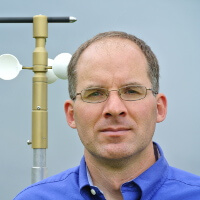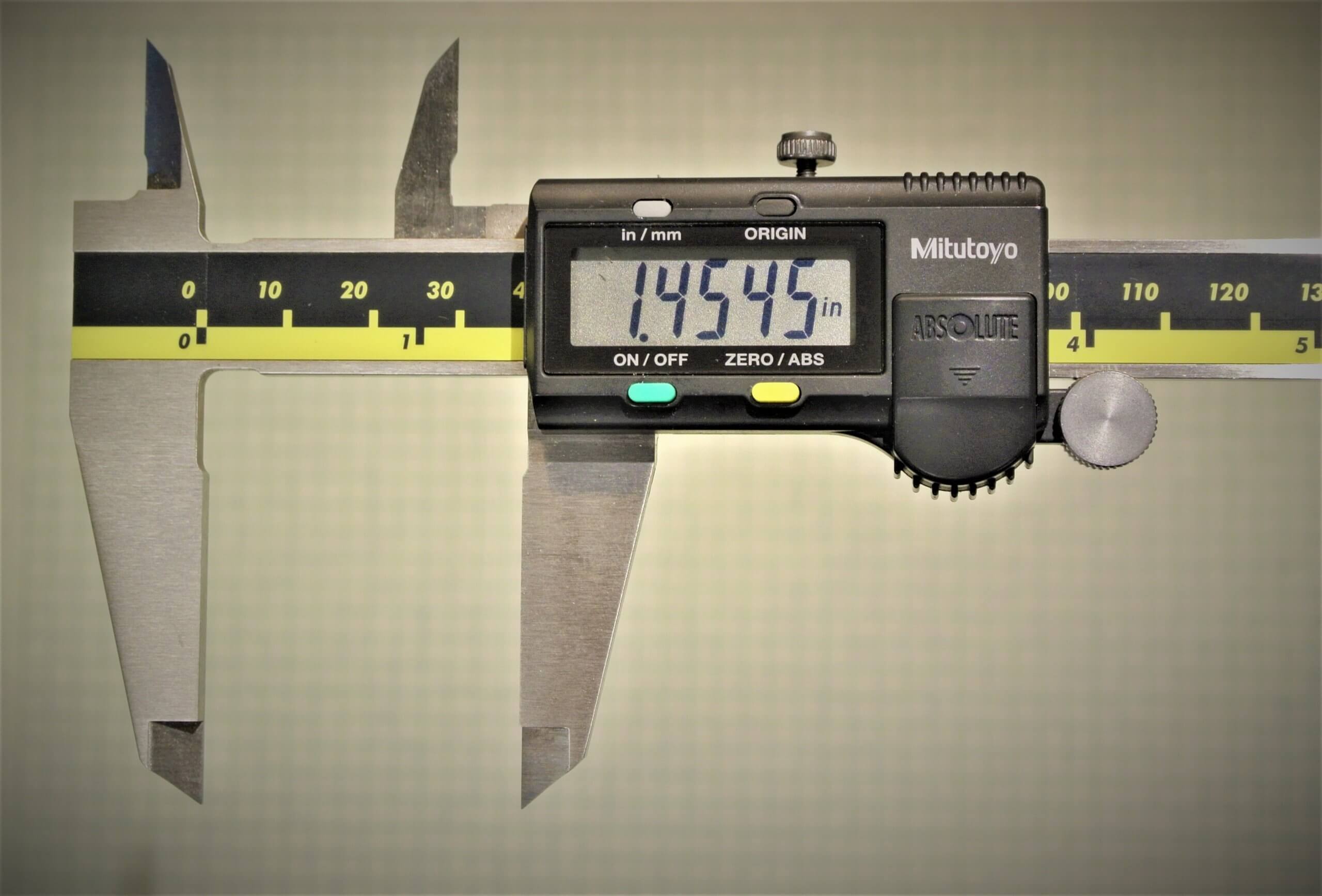This article is part of a series entitled “Introduction to Industrial Weather Stations” (IIWS). The other parts are:
Part 1 – Definitions
Part 2 – Weather Station Construction
Part 3 – Who Makes Industrial Weather Stations
Part 4 – Installation and Accuracy
Conclusion – Finally…
—
During initial product selection stages, weather station buyers may be immersed in comparing equipment specifications and features. This is an important phase of equipment selection. However, there are other factors to consider and data sheet specifications may be misleading because test conditions are typically not given.
After gathering some equipment options, it can be helpful to take a step back and look at the practical needs. The following is based on product development, testing, field, and customer support experiences.
Measurement Accuracy
Documented instrument accuracy is only valid in a controlled environment.
Once you get out into the field, all the accuracy specs can get lost in the variables of the installation. This will make more sense as you continue to read.
This doesn’t mean that accuracy is unimportant for a given application, but if you don’t pay attention to other factors, your confidence may be misplaced.
Sensor “Personality”
Each weather instrument will have measurement idiosyncrasies. Some of these can be reasonably quantified, such as distance constant for an anemometer. Other characteristics are only evidenced when compared to devices from other manufacturers.
For example, different radiation shields will react differently to changes in sunlight and air flow. This doesn’t necessarily mean that one is bad and the other good. I merely point out that users should be aware that this is an issue.
Large weather station networks will often consolidate on a system configuration, which helps them have confidence in comparative measurements within the accuracy range of the sensors.
Spatial Variability
When using our environmental test chamber, I have always found it fascinating that when two matched temperature sensors are within an inch of one another they will still differ far more than you would expect. We have to go relatively extreme lengths to create an environment that minimizes gradients during testing and calibration.
If overcoming temperature gradients is difficult in a temperature controlled chamber, should we expect less spatial variability outdoors?
Even when two identical systems are sited near one another, there will be measurement differences that are greater than the instrument accuracy. The more distance between them, the greater the probability that you will see measurement differences.
When comparing outdoor sensors, such as when testing two different radiation shields, we place them within inches of one another. Even then, we don’t expect the measurements to precisely match.
Measurement Noise
All instruments are subject to noise. A sensor in a tightly controlled environment will show fluctuations in the readings. In a highly stable environment, the differences from one measurement to another will be within the accuracy range.
Of course, outdoor environments are not tightly controlled. Air currents will carry momentary changes to temperature and humidity. Often the thermal properties of the instrument will dampen this noise.
Averages as Better
As mentioned above, the mechanical and thermal properties of an instrument can actually be beneficial by integrating rapid changes.
Most weather monitoring systems will average measurement parameters over some period of time in order to provide a value that is more representative of the experienced conditions and trends. 10 min average is common.
Some remote weather stations sample temperature, pressure, and humidity every hour. Depending on the application, this may be adequate for some applications. But a 2 min sampling of wind every hour is only going to show the borders trends, missing gusts and weather fronts.
The default Dyacon configuration uses a 10 min report and logging rate. This is sufficient to show good measurement resolution and accurate trends. The gust-capture feature ensures that the transient event is reported.
Actionable Limits
If you are a meteorologist, good weather measurements are your end goal. However, in commercial and industrial environments, weather data may be an input to a process or management activity. As such, the weather values are combined with other inputs for decision making and process control.
Users may benefit from asking: What are the actionable limits of the application?
For example, in aviation, wind direction is typically reported in 10 degree increments and operational changes are made on 10 knot values. Consequently, a wind vane that reports wind with a 1/10th degree accuracy may not add any functional value. Taking this into account may allow for the buyers to reduce the costs associated with the purchase, installation, and maintenance of the equipment.
When planning and evaluating the actionable limits, keep in mind that a momentary breach of a weather parameter may just be a passing butterfly. Using 10 min averages or successive 10 min averages may provide better trend information and decision stability.
Location Matters
While it may seem obvious, the first issue to recognize is that weather stations measure the conditions where they are placed.
So where should you install a weather station?
The flippant answer is: Wherever you need it.
If you need to know the conditions within your vineyard, mine, or sport facility, then the instruments should be placed within those boundaries or a representative location.
Mounting a weather station on a roof may be the worst place, unless you actually want to measure the conditions on the roof. The structure will affect the wind, temperature, humidity, and possibly other parameters. Will the effects be significant? That depends on the installation conditions and your needs.
If the intent is to monitor the general weather conditions, the weather station should be installed away from structures and non-natural conditions.
A site on irrigated turf will be influenced by the local environment. In some cases, this may actually be desirable. In other cases, the effects on humidity and temperature may be detrimental to user needs.
Mounting
Related to location is mounting.
Keep in mind that the weather station will need to be serviced. Rain gauges should be inspected and cleaned regularly. The wind sensor will need service every 3 to 5 years. Other instruments will need cleaning and inspection.
A field tripod can be useful for remote or autonomous installations. Other sites may already have mounting structures in place.
In the end, do the best you can and recognize the potential influences on the instruments.
Also keep in mind that instrument accuracy and optimal siting might be less important than actually getting data to users. I’ll address that in the next post.
– Eugene
